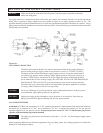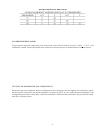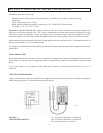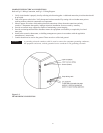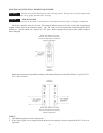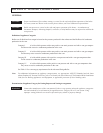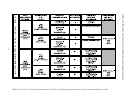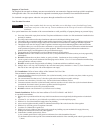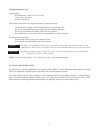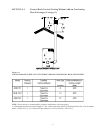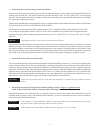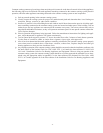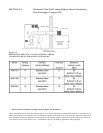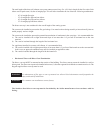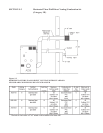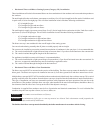
Venting Installation Tips
Support piping:
· horizontal runs- at least every five (5) feet.
· vertical runs - use braces:
· under or near elbows
Follow items listed below to avoid personal injury or property damage.
· Cut nonmetallic vent pipe with fine-toothed hacksaw (34 teeth per inch).
· Do not use nonmetallic vent pipe or fittings that are cracked or damaged.
· Do not use nonmetallic vent fittings if they are cut or altered.
· Do not drill holes, or use screws or rivets, in nonmetallic vent pipe or fittings.
To make metallic vent joints:
· Do not install seams of vent pipe on bottom of runs.
· 100% Seal all joints and seams with silicone sealant.
NOTICE: For direct vent installations where the air is piped in from outside, the protective screen on the
combustion air blower may be relocated to the air inlet termination elbow to act as an inlet screen.
WARNING: Examine the venting system at least once a year. Check all joints and vent pipe connections for
tightness, corrosion or deterioration.
NOTE: The words "Flue Exhaust", "Flue" and "Exhaust Vent" are used interchangeably.
VENTING CONFIGURATIONS
The following is a detailed explanation of each venting system WITHOUT and WITH add-on condensing heat exchanger
(CHX), its installation requirements, the components used, and part numbers for each.
For boilers connected to gas vents or chimneys, vent installations shall be in accordance with Part 7, Venting of Equip-
ment, of the latest edition of National Fuel Gas Code, or in Canada, the latest edition of CAN/CGA-B149.1 and .2 Instal-
lation Code for Gas Burning Appliances and Equipment, or applicable provisions of local building codes.
30



